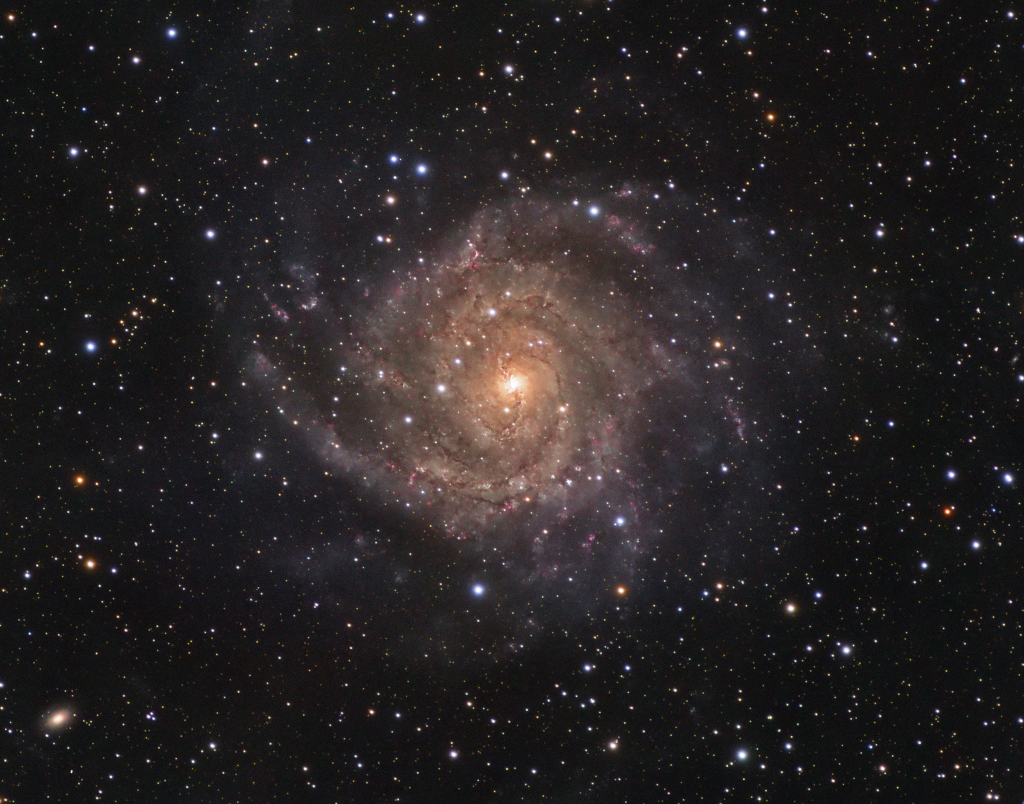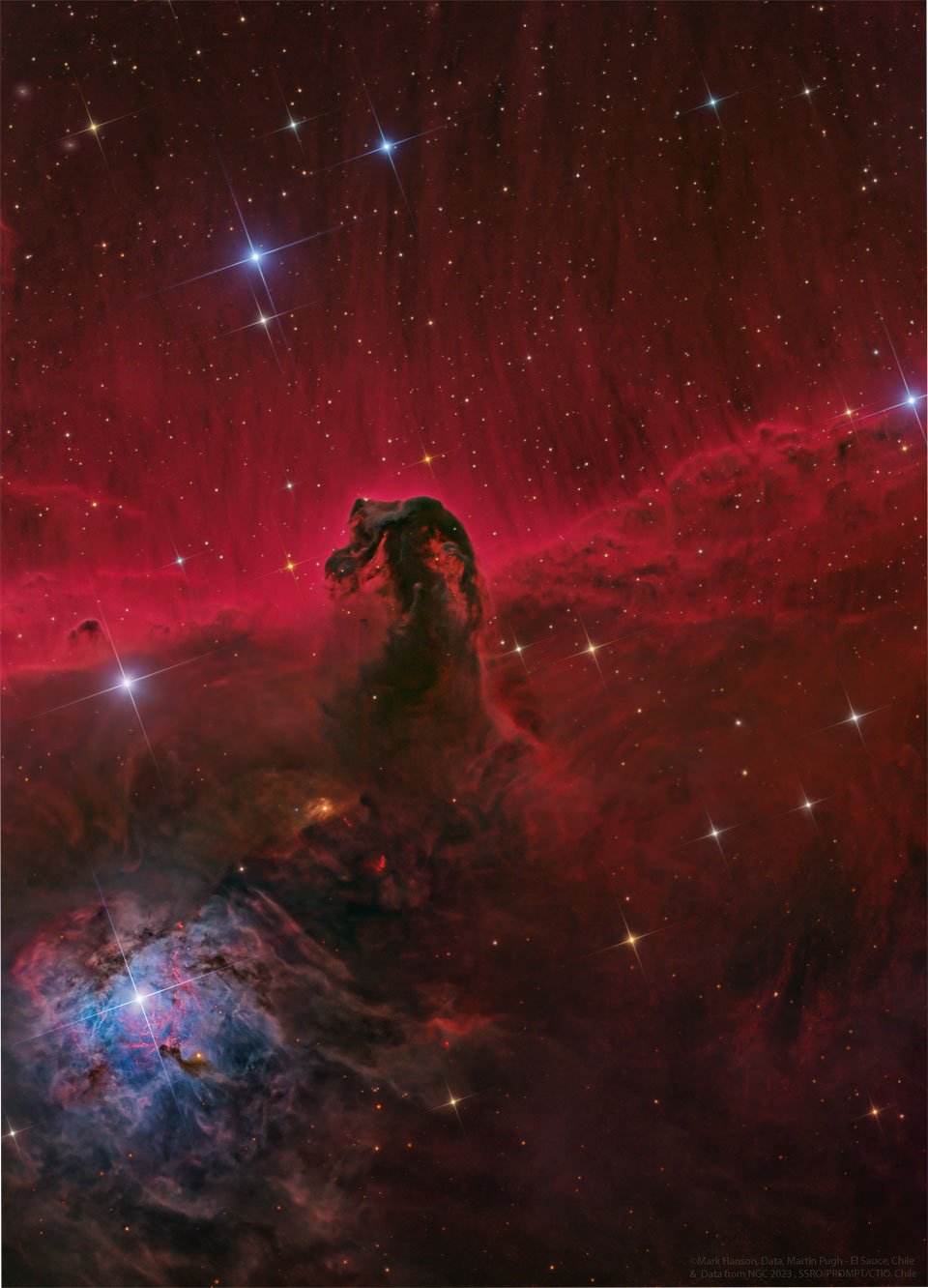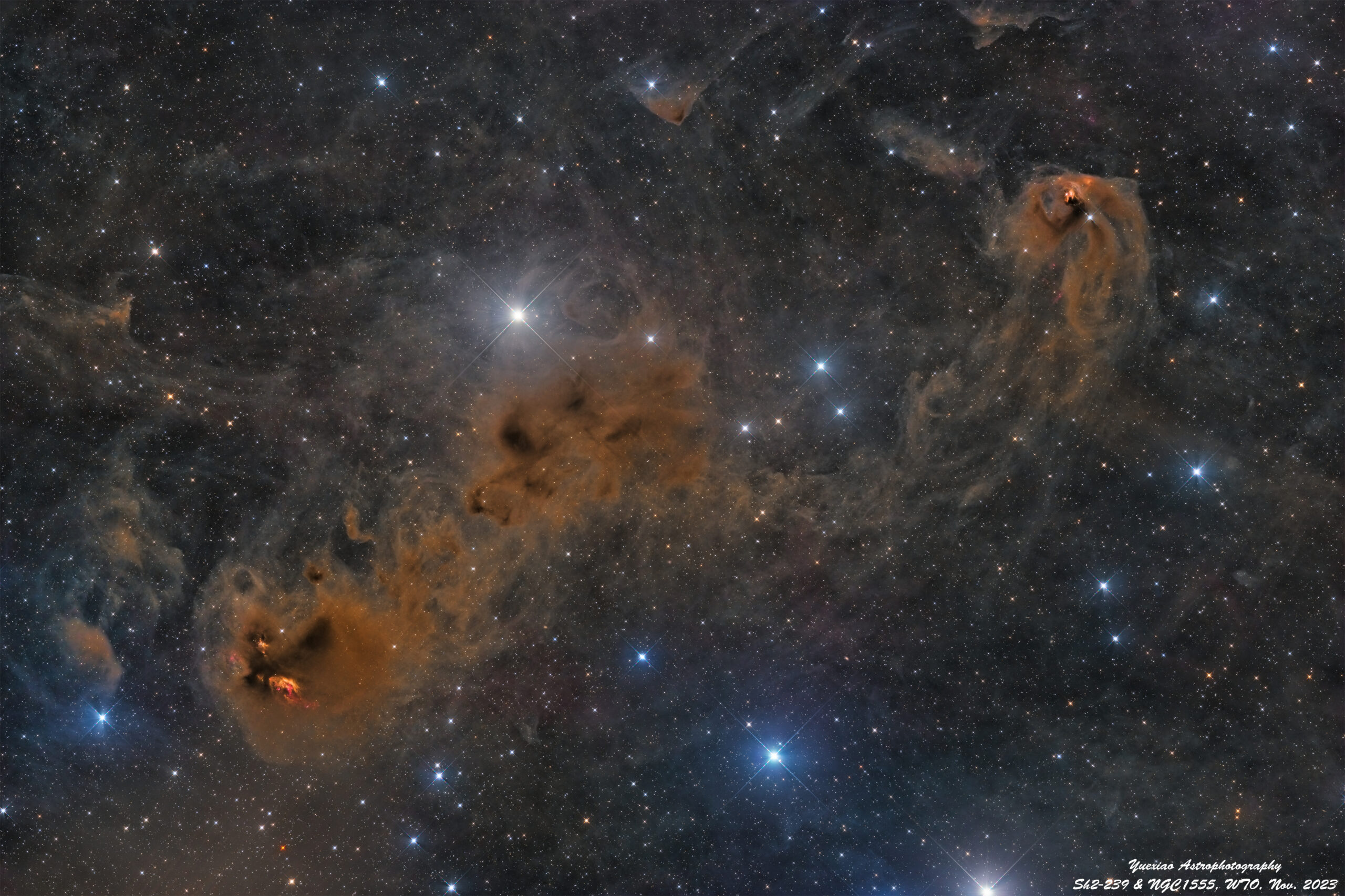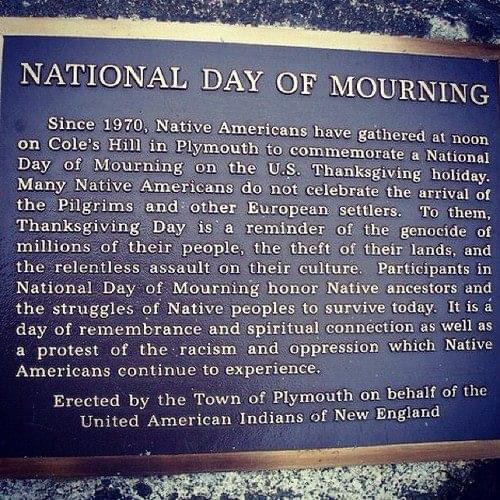Blog
Sharp was born in Topeka, Kansas in November 26th 1924-Jan 28th 2013. His family had settled there because Kansas was, during slavery times, a free state. Sharp’s great-grandmother was a slave and he remembers her telling him stories about lying on the floor while cannonballs blasted through the cabin. The Great Depression soon followed, and Sharp’s parents sent him to live with relatives in Los Angeles while they went to New York to seek their fortune.
Sharp’s father was a concert tenor who won several small roles in Broadway shows but never hit it big. However, their social life was rich; they lived in an apartment building in Harlem with fellow residents Duke Ellington, Walter White, Roy Wilkins and artist Aaron Douglas. It was the peak of the Harlem Renaissance, and poet Langston Hughes was a family friend; Orson Welles had recently staged his famous Black Macbeth at the nearby Lafayette Theater.
Young Bobby stayed in Los Angeles with his pious grandparents and great-grandmother until he was 12, when he begged his parents to let him come to New York. Some family friends drove him cross-country in 1936, and he arrived in the midst of a cocktail soiree in his parents’ apartment on Sugar Hill.
Sharp attended high school in the Bronx and took his first job as an office “go-fer” for the Rockefeller Foundation. When World War II began Sharp joined the Army, was sent first to Ft. Dixon, New Jersey, then joined the 372nd Infantry regiment stationed in New York City, guarding the city and ports. Eventually he was transferred to Breckenridge, Kentucky, where he served until being discharged in 1944. While in the Army, Sharp had begun to sing a bit, “just for kicks,” he says. With the help of the GI Bill he chose to go to music school.
His mother was not happy with his decision. “She wanted me to be a psychiatrist,” Sharp says. “She didn’t want me to get into the music business. She saw what it did to my father.” But Sharp took the advice of a family friend, well- known arranger Sy Oliver, who recommended that Bobby study music theory and composition.
Sharp attended the Greenwich School of Music in 1946, followed by the Manhattan School of Music in 1948. He also took piano. “I just wanted to play chords and get sounds,” he said. Songwriting turned out to be his forte, often combined with his vocals. In 1956 he cut a single in the Wing label, called “Baby Girl of Mine;” it was later covered by Ruth Brown, who sang it as “Sweet Baby of Mine.”
more...Similar in size to large, bright spiral galaxies in our neighborhood, IC 342 is a mere 10 million light-years distant in the long-necked, northern constellation Camelopardalis. A sprawling island universe, IC 342 would otherwise be a prominent galaxy in our night sky, but it is hidden from clear view and only glimpsed through the veil of stars, gas and dust clouds along the plane of our own Milky Way galaxy. Even though IC 342’s light is dimmed and reddened by intervening cosmic clouds, this sharp telescopic image traces the galaxy’s own obscuring dust, young star clusters, and glowing star forming regions along spiral arms that wind far from the galaxy’s core. IC 342 has undergone a recent burst of star formation activity and is close enough to have gravitationally influenced the evolution of the local group of galaxies and the Milky Way.

Etta Jones (November 25, 1928 – October 16, 2001) was an American jazz singer. Her best-known recordings are “Don’t Go to Strangers” and “Save Your Love for Me”. She worked with Buddy Johnson, Oliver Nelson, Earl Hines, Barney Bigard, Gene Ammons, Kenny Burrell, Milt Jackson, Cedar Walton, and Houston Person.
more...Nathaniel Carlyle Adderley (November 25, 1931 – January 2, 2000) was an American jazz trumpeter.He was the younger brother of saxophonist Julian “Cannonball” Adderley, whom he supported and played with for many years.
Adderley’s composition “Work Song” (1960) is a jazz standard, and also became a success on the pop charts after singer Oscar Brown Jr. wrote lyrics for it. Nat Adderley was born in Tampa, Florida, but moved to Tallahassee when his parents were hired to teach at Florida A&M University. His father played trumpet professionally in his younger years, and he passed down his trumpet to Cannonball. When Cannonball picked up the alto saxophone, he passed the trumpet to Nat, who began playing in 1946. He and Cannonball played with Ray Charles in the early 1940s in Tallahassee and in amateur gigs around the area.
more...Paul Desmond (born Paul Emil Breitenfeld; November 25, 1924 – May 30, 1977) was an American jazz alto saxophonist and composer and proponent of cool jazz. He was a member of the Dave Brubeck Quartetand composed that group’s biggest hit, “Take Five“.
In addition to his work with Brubeck, he led several groups and collaborated with Gerry Mulligan, Chet Baker, Jim Hall, and Ed Bickert. After years of chain smoking and poor health, Desmond succumbed to lung cancer in 1977 after a tour with Brubeck.
Desmond was born Paul Emil Breitenfeld in San Francisco, California, in 1924, the son of Shirley (née King) and Emil Aron Breitenfeld.
more...William Henry Joseph Bonaparte Bertholf Smith (November 23, 1893 – April 18, 1973), nicknamed “The Lion“, was an American jazz and stride pianist.
William Henry Joseph Bonaparte Bertholf, known as Willie, was born in 1893 in Goshen, New York. His mother and grandmother chose his names to reflect different parts of his heritage: Joseph after Saint Joseph(Bible), Bonaparte (French), and Bertholf (biological father’s last name). William and Henry which were added for “spiritual balance”. When he was three, his mother married John Smith, and Smith was added as the boy’s surname, after his stepfather.
more...Sculpted by stellar winds and radiation, a magnificent interstellar dust cloud by chance has assumed this recognizable shape. Fittingly named the Horsehead Nebula, it is some 1,500 light-years distant, embedded in the vast Orion cloud complex. About five light-years “tall,” the dark cloud is cataloged as Barnard 33 and is visible only because its obscuring dust is silhouetted against the glowing red emission nebula IC 434. Stars are forming within the dark cloud. Contrasting blue reflection nebula NGC 2023, surrounding a hot, young star, is at the lower left of the full image. The featured gorgeous color image combines both narrowband and broadband images recorded using several different telescopes.

Donald “Duck” Dunn (November 24, 1941 – May 13, 2012) was an American bass guitarist, session musician, record producer, and songwriter. Dunn was notable for his 1960s recordings with Booker T. & the M.G.’s and as a session bassist for Stax Records. At Stax, Dunn played on thousands of records, including hits by Otis Redding, Sam & Dave, Rufus Thomas, Carla Thomas, William Bell, Eddie Floyd, Johnnie Taylor, Albert King, Bill Withers, Elvis Presley, and many others. In 1992, he was inducted in the Rock and Roll Hall of Fame as a member of Booker T. & the M.G.’s. He is ranked 40th on Bass Player magazine’s list of “The 100 Greatest Bass Players of All Time”.
Dunn was born in Memphis, Tennessee. His father nicknamed him “Duck” while watching Disney cartoons with him one day. Dunn grew up playing sports and riding his bike with another future professional musician, Steve Cropper.
more...Wild Bill Davis (November 24, 1918 – August 17, 1995) was the stage name of American jazz pianist, organist, and arranger William Strethen Davis. He is best known for his pioneering jazz electric organrecordings and for his tenure with the Tympany Five, the backing group for Louis Jordan. Prior to the emergence of Jimmy Smith in 1956, Davis (whom Smith had reportedly first seen playing organ in the 1930s) was the pacesetter among organists.
Davis was born in Glasgow, Missouri, and grew up in Parsons, Kansas. He first learned music from his father who was a professional singer. He received further musical training at the Tuskegee Institute (now Tuskegee University) in Alabama, and at Wiley College in Marshall, Texas. In his early career he took inspiration from Fats Waller and Art Tatum.
more...Theodore Shaw Wilson (November 24, 1912 – July 31, 1986) Austin, TX was an American jazz pianist. Described by critic Scott Yanow as “the definitive swing pianist”, Wilson’s piano style was gentle, elegant, and virtuosic.His style was highly influenced by Earl Hines and Art Tatum. His work was featured on the records of many of the biggest names in jazz, including Louis Armstrong, Lena Horne, Benny Goodman, Billie Holiday, and Ella Fitzgerald. With Goodman, he was one of the first black musicians to perform prominently alongside white musicians. In addition to his extensive work as a sideman, Wilson also led his own groups and recording sessions from the late 1920s to the 1980s.
more...Scott Joplin (November 24, 1868 – April 1, 1917) was an American composer and pianist. Dubbed the “King of Ragtime“, he composed more than 40 ragtime pieces, one ragtime ballet, and two operas. One of his first and most popular pieces, the “Maple Leaf Rag“, became the genre’s first and most influential hit, later being recognized as the quintessential rag. Joplin considered ragtime to be a form of classical music meant to be played in concert halls and largely disdained the performance of ragtime as honky tonk music most common in saloons.
Joplin grew up in a musical family of railway laborers in Texarkana, Arkansas, developing his own musical knowledge with the help of local teachers. While in Texarkana, he formed a vocal quartet and taught mandolin and guitar. During the late 1880s, he left his job as a railroad laborer and traveled the American South as an itinerant musician. He went to Chicago for the World’s Fair of 1893, which helped make ragtime a national craze by 1897.
Joplin moved to Sedalia, Missouri, in 1894 and earned a living as a piano teacher. There he taught future ragtime composers Arthur Marshall, Scott Hayden, and Brun Campbell. He began publishing music in 1895, and publication of his “Maple Leaf Rag” in 1899 brought him fame. This piece had a profound influence on writers of ragtime. It also brought Joplin a steady income for life. In 1901, Joplin moved to St. Louis, where he continued to compose and publish and regularly performed in the community. In 1903, the score to his first opera, A Guest of Honor, was confiscated—along with his belongings—for non-payment of bills (likely as a result of being robbed). It is now considered lost.
In 1907, Joplin moved to New York City to find a producer for a new opera. He attempted to go beyond the limitations of the musical form that had made him famous but without much monetary success. His second opera, Treemonisha, was never fully staged during his life. In 1916, Joplin descended into dementia as a result of neurosyphilis. In mid-January 1917, he was admitted to a mental asylum and died there less than three months later at the age of 48. Joplin’s death is widely considered to mark the end of ragtime as a mainstream music format; over the next several years, it evolved with other styles into stride, jazz, and, eventually, swing.
Joplin’s music was rediscovered and returned to popularity in the early 1970s with the release of a million-selling album recorded by Joshua Rifkin. This was followed by the Academy Award–winning 1973 film The Sting, which featured several of Joplin’s compositions, most notably “The Entertainer“, a piece performed by pianist Marvin Hamlisch that received wide airplay. Treemonisha was finally produced in full, to wide acclaim, in 1972. In 1976, Joplin was posthumously awarded a Pulitzer Prize.
more...Buleria is a fast, energetic cante chico flamenco form that belongs to the Solea family. It was originally played as an upbeat ending to Solea or Alegria and eventually evolved into a distinct form in its own right. The letras of buleria are often humorous and laced with mockery and social commentary.
Buleria is most commonly played por media (on the fifth string in A phyrgian, relative to the capo), but can sometimes be heard in other keys. It is generally played at a very fast tempo, ranging from 200 to 260 beats per minute.
The compas of buleria is based on a twelve count pattern similar to solea. Like solea, this pattern emphasizes the 3, 6, 8, 10, and 12 beats, but in buleria, musical phrases begin on the 12 count:
12 1 2 3 4 5 6 7 8 9 10 11
The most basic buleria marking progression uses just two chords: A and B♭. When accompanying a singer, the guitarist plays chords that follow the singer. When playing buleria as a solo piece, guitarists assemble rhythmic patterns, short chord progressions, and pre-composed or improvised falsetas to build a musical idea around a central theme.
more...

The cosmic brush of star formation composed this interstellar canvas of emission, dust, and dark nebulae. A 5 degree wide telescopic mosaic, it frames a region found north of bright star Aldebaran on the sky, at an inner wall of the local bubble along the Taurus molecular cloud. At lower left, emission cataloged as Sh2-239 shows signs of embedded young stellar objects. The region’s Herbig-Haro objects, nebulosities associated with newly born stars, are marked by tell-tale reddish jets of shocked hydrogen gas. Above and right T Tauri, the prototype of the class of T Tauri variable stars, is next to a yellowish nebula historically known as Hind’s Variable Nebula (NGC 1555). T Tauri stars are now generally recognized as young, less than a few million years old, sun-like stars still in the early stages of formation.

John Alfred Mandel (November 23, 1925 – June 29, 2020) was an American composer and arranger of popular songs, film music and jazz. The musicians he worked with include Count Basie, Frank Sinatra, Peggy Lee, Anita O’Day, Barbra Streisand, Tony Bennett, Diane Schuur and Shirley Horn. He won five Grammy Awards, from 17 nominations; his first nomination was for his debut film score for the multi-nominated 1958 film I Want to Live!
Mandel was born in the borough of Manhattan in New York City on November 23, 1925. His father, Alfred, was a garment manufacturer who ran Mandel & Cash; his mother, Hannah (Hart-Rubin), had aimed to be an opera singer and discovered her son had perfect pitch at the age of five. His family was Jewish. They moved to Los Angeles in 1934, after his father’s business collapsed during the Great Depression. Mandel was given piano lessons, but switched to the trumpet and later the trombone.
more...More Posts
- Phil Belknap “Ya Gotta do the Music ‘cus ya Love It!”
- “Little Diamonds” Luke Leblanc does the chic a boom, chic a boom
- Jim Zieba “Sitting back and enjoying the music”
- Nothando Zulu doesn’t separate the artist from the community
- Chris Johnson: He Gets Paid by the Rest
- Johnna Morrow: Survival Through Diversification
- Kevin Washington: Jumping Out of the Box
- Milo Fine: Composing in Real Time
- Homewood Studios: You Do Not Have to Leave the Community to Find Great Art
- David Harris: Music Builds Community
- Jamie Carter: Music is a Reflection of Life
- Merlin Brunkow-Bronco Keeps on Playing
- Scott Nieman-Music Brings People Together Locally and Globally
- KARIBUNI
- Maqam
- Ancestor Energy
- Maroons
- Mojo Roots
- Voices of Sepharad
- Beau Koo Jacks
